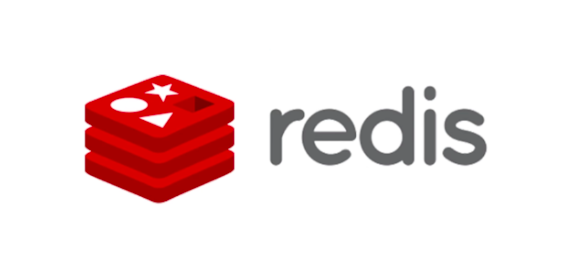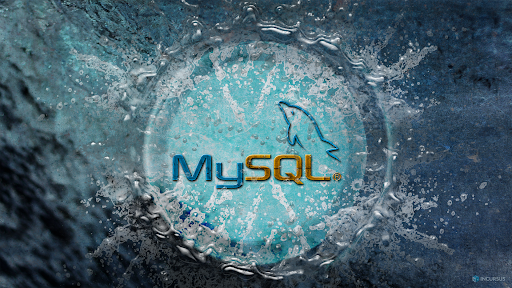In the realm of data management, Redis stands tall as a key player, employing a clever key-value data model where each key corresponds to a specific value. These values span a variety of types, including strings, hashes, lists, sets, and sorted sets. This flexibility arms Redis with a rich set of commands to adeptly manipulate these data structures.
Redis’ prowess as a caching solution lies in its remarkable speed. The essence of this lies in its in-memory data storage. By residing in memory, Redis bypasses the sluggishness of disk access, swiftly fetching and serving data. The cache further benefits from features like data expiration and automatic eviction of less-used data. These attributes ensure the cache remains both relevant and optimized.
What is Caching?
Caching refers to the process of temporarily storing and retaining frequently accessed or computed data in a designated storage area, known as a cache. The primary objective of caching is to enhance the speed and efficiency of data retrieval by minimizing the need to repeatedly access the original source, which could be a larger and slower storage system such as a database or a remote server.
When data is initially fetched from the source, it is stored in the cache. Subsequent requests for the same data can then be fulfilled by retrieving it from the cache, which is typically faster and more responsive compared to fetching it from the original source.
Caching is widely used in various computing contexts, including web applications, databases, operating systems, and hardware components. In web applications, caching can improve the loading speed of web pages, reduce server load, and enhance user experiences by minimizing latency.
Understanding Caching: Accelerating Data Access
Caching emerges as a savvy technique to expedite data access by temporarily storing frequently needed information in a dedicated cache. This cache serves as a rapid access point, curbing the need to repeatedly tap into the primary storage or database. When data is requested, the system first checks the cache. If the sought-after data resides there, retrieval happens in a jiffy, avoiding the more time-consuming journey to the main storage.
Caching finds its place at various system levels, from the hardware and operating system to the web server and applications. For web applications, caching often comes to the rescue for frequently visited web pages and resources such as images and scripts. The strategy stands as an impactful means of boosting overall system performance by minimizing the time spent on fetching commonly used data.
How Does Redis Work?
Redis operates as an in-memory data store, storing data in the server’s RAM for rapid access. Its key-value data model allows data to be associated with unique keys, facilitating quick retrieval. This architecture, compared to disk-based storage, results in exceptionally fast read and write operations. Redis offers a variety of data types such as strings, hashes, lists, and sets, each optimized for specific purposes. Developers interact with Redis using a set of concise commands and APIs, with the added advantage of atomic operations that ensure data integrity.
Redis also provides options for data persistence, allowing data to be saved to disk and retrieved even after the system restarts. Additionally, Redis supports expiration times and eviction policies, ensuring that cached data remains relevant and the memory footprint is optimized.
Its versatility extends to real-time messaging through Publish/Subscribe, and it can scale horizontally to manage increasing workloads across multiple nodes. In essence, Redis stands out for its speed, data structure flexibility, atomicity, and support for various applications that require swift and reliable data manipulation and storage.
How and why should you use Redis?
Using Redis can offer substantial benefits for various applications, primarily due to its in-memory data storage model and versatile features.
Here’s how and why you should consider using Redis:
Speed and Low Latency:
Redis stores data in memory, allowing for lightning-fast read and write operations. This speed is crucial for applications that require rapid data access, such as caching frequently used data or serving real-time updates.
Caching:
Redis is an exceptional caching solution. By storing frequently accessed data in memory, Redis can reduce the load on primary databases and significantly improve application performance. This is especially beneficial for websites and applications with high traffic.
Session Management:
Redis can efficiently manage session data for web applications. It ensures quick retrieval and updates of session information, contributing to seamless user experiences.
Real-Time Updates:
Redis’ Publish/Subscribe messaging system is perfect for applications that require real-time updates and notifications. It’s ideal for chat applications, live dashboards, and collaborative tools.
Data Structure Flexibility:
Redis supports a variety of data structures, from simple strings to sorted sets. This versatility makes it suitable for a wide range of use cases, including managing leaderboards, lists, sets, and more.
Background Jobs:
Using Redis as a job queue enables asynchronous processing of background tasks, enhancing application responsiveness and allowing resource-intensive tasks to be handled without affecting user experience.
Scalability:
Redis can be distributed across multiple nodes, making it highly scalable. It can handle increasing workloads by adding more nodes to the cluster.
Data Persistence:
Redis offers options for data persistence, ensuring that data is not lost in case of system failures. This feature is valuable for applications that require data durability.
Geospatial Applications:
Redis supports geospatial data storage and queries, making it suitable for applications that involve location-based data and queries.
Machine Learning:
Redis can be used to store and serve machine learning models, speeding up inference and reducing latency in real-time applications.
Caching Slow Queries:
By caching the results of slow database queries, Redis can alleviate the performance impact of complex database interactions.
Redis is an invaluable tool for applications that demand speed, real-time capabilities, caching, and efficient data storage. Its flexibility, scalability, and support for various data types make it a go-to choice for modern web applications, helping to improve performance, responsiveness, and user experiences.
Leveraging Redis Cache for Your Website
Integrating Redis Cache can be transformative for your website’s performance and scalability. Frequent data, housed in memory, translates to expedited operations, lessening the load on your database and heightening your website’s efficiency.
Maximizing Redis Cache involves careful data selection and usage strategy. Caching every piece of data might not be optimal; prioritize the frequently accessed data with the most impact. Redis Cache offers strategies like expiration times, eviction policies, and LRU caching. Opt for the approach aligning with your needs and data characteristics.
Redis Cache’s role can transcend standalone caching. Employ it as a read-through cache, where it serves as a cache for your database, but missing data is sourced from the database and then cached. This ensures your cache remains updated and devoid of stale information.
As Redis Cache is integrated, monitor its performance and make adjustments when needed. This might entail adding more nodes, refining cache expiration, or optimizing caching strategies.
In essence, Redis Cache unlocks a world of speed, scalability, and efficiency, a compelling solution for optimizing web applications and navigating the modern digital landscape.
Conclusion
Redis Cache emerges as a powerful tool in the realm of data management, offering speed, scalability, and efficiency that can significantly enhance the performance of modern web applications. By employing an in-memory data storage approach and supporting a wide range of data types, Redis Cache ensures lightning-fast read and write operations, making it an ideal choice for caching frequently accessed data.
Redis Cache’s ability to serve as a session store, facilitate real-time applications, manage background tasks, and analyze time-series data further cements its position as a multifaceted solution for modern challenges. It’s about prioritizing frequently accessed data that can truly impact your application’s performance and leveraging Redis Cache’s caching strategies to match your specific needs.
In essence, Redis Cache isn’t just a caching mechanism; it’s a performance enhancer, a scalability solution, and a reliable partner in navigating the intricacies of modern web application development. Its attributes can transform an ordinary application into an extraordinary one, delivering seamless user experiences and setting new standards for efficiency.

Nishant Verma is a senior web developer who love to share his knowledge about Linux, SysAdmin, and more other web handlers. Currently, he loves to write as content contributor for ServoNode.




